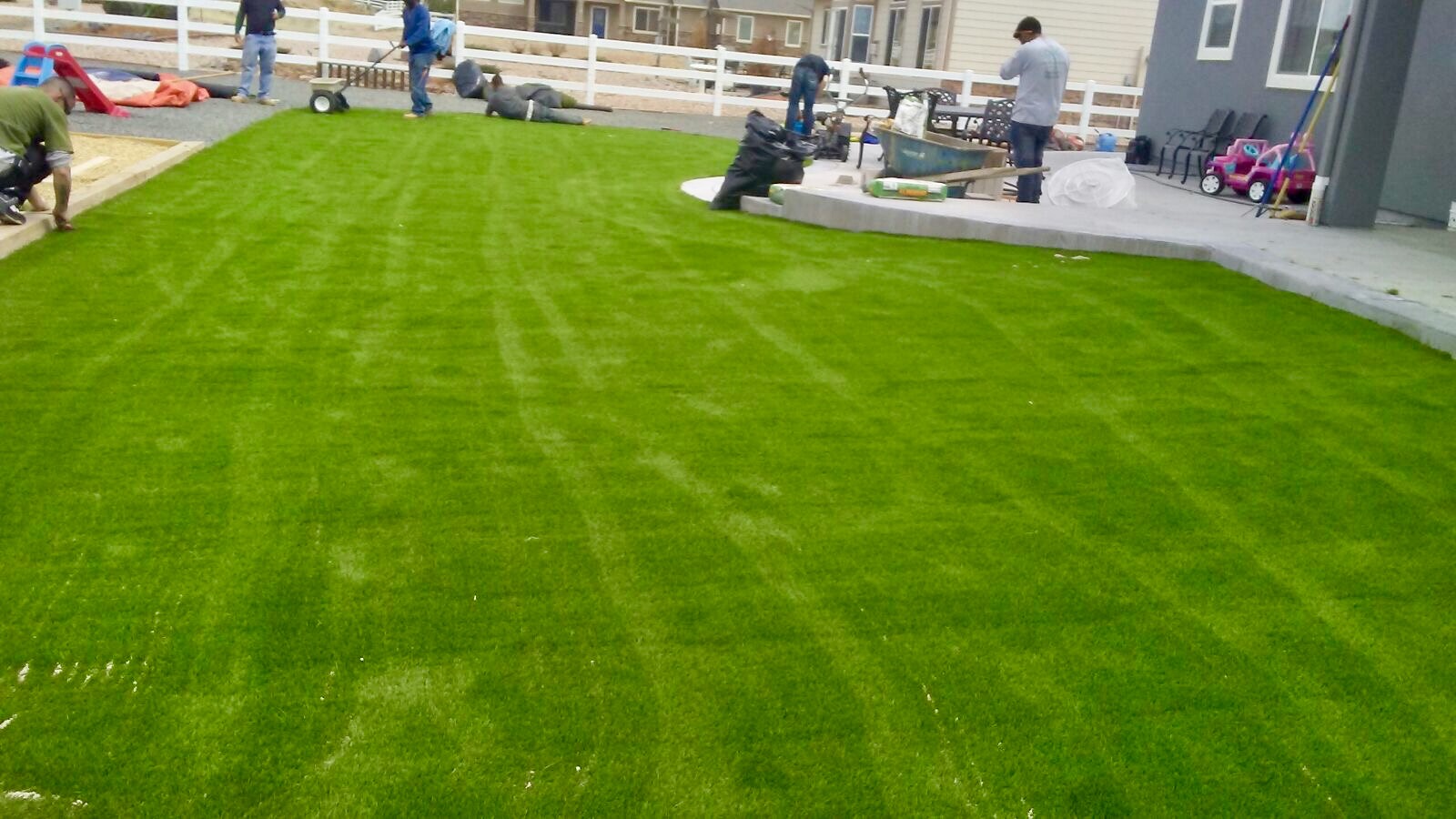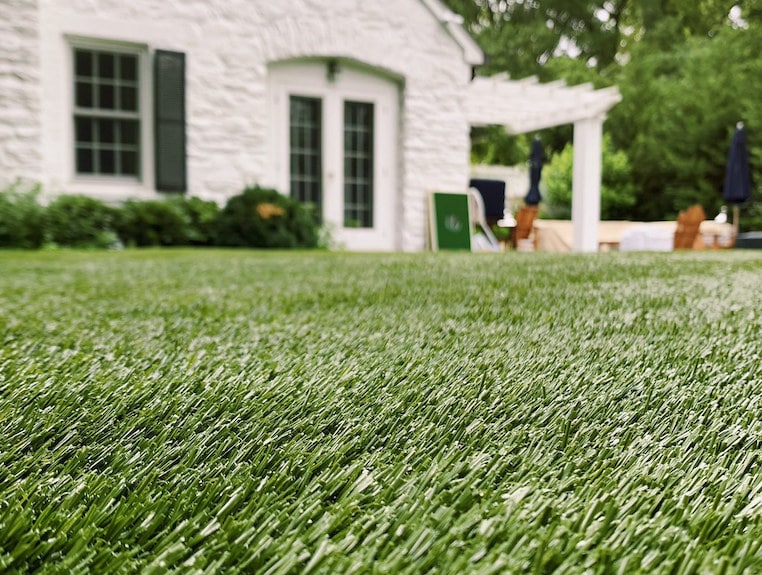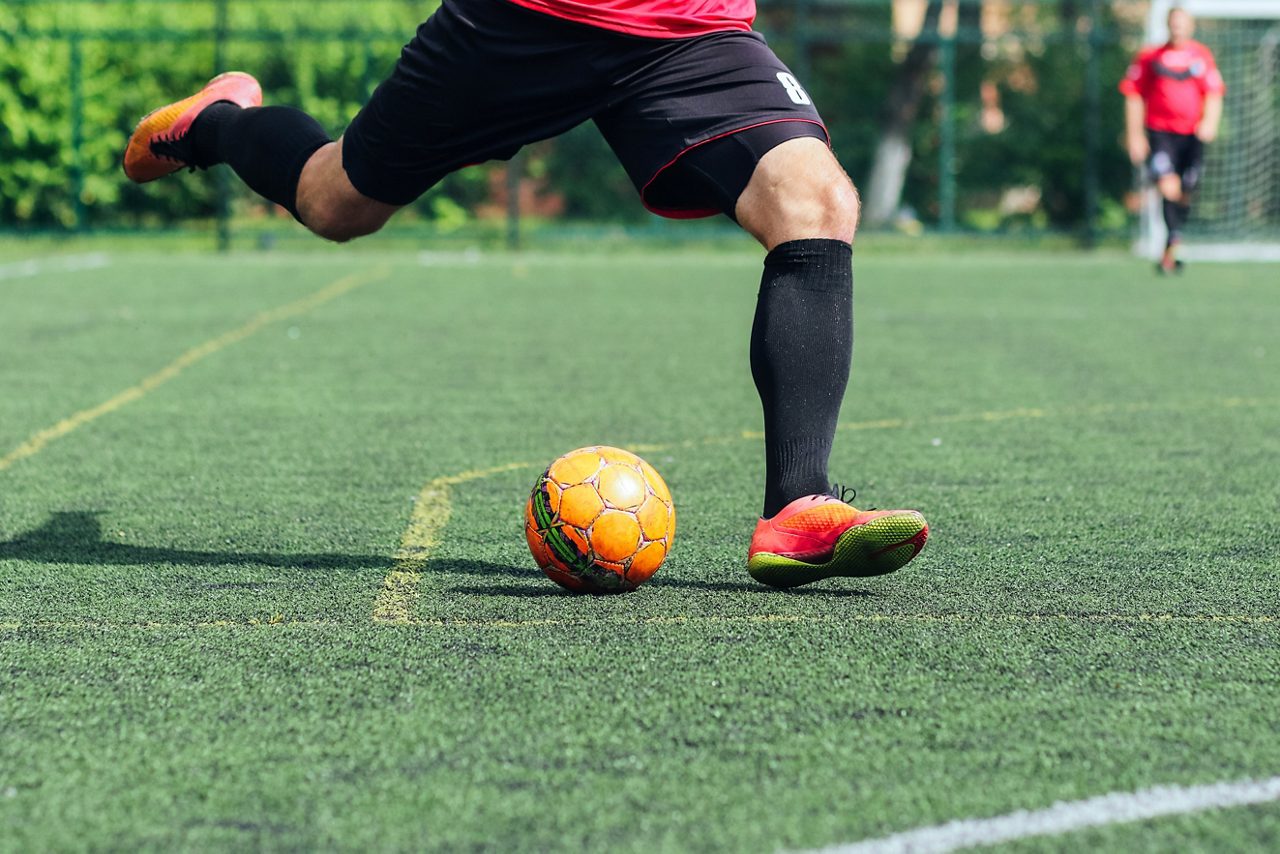Long-Lasting Arizona Artificial Turf for Residential and Commercial Applications
Long-Lasting Arizona Artificial Turf for Residential and Commercial Applications
Blog Article
Delve Into the Environmental Benefits of Opting for Artificial Lawn Solutions
The fostering of fabricated turf services offers an engaging opportunity to deal with pressing environmental obstacles. By significantly decreasing water use and decreasing the application of unsafe chemicals, these alternatives not only promote lasting landscape design yet likewise protect neighborhood ecological communities.
Water Conservation Advantages
One of the most considerable advantages of synthetic grass is its ability to save water. Typical yard yards call for substantial watering, specifically in locations vulnerable to dry spell or water constraints. In comparison, synthetic grass does not require watering, considerably lowering the total demand for water sources. This feature is specifically valuable in dry areas where water deficiency is a pushing worry.
By getting rid of the requirement for normal watering, synthetic grass adds to lasting landscape techniques and helps mitigate the environmental effect of excessive water usage. The conservation of water prolongs to the decrease of drainage, which can lead to dirt erosion and river contamination.
In addition, the installation of man-made lawn allows property owners and districts to designate water resources a lot more successfully, concentrating on vital uses such as alcohol consumption water and farming. The change towards synthetic turf not just advertises liable water use however additionally aligns with wider ecological objectives targeted at protecting natural deposits.
As areas significantly focus on sustainability, the water preservation advantages of fabricated lawn provide an engaging case for its fostering in domestic and business landscaping projects.
Minimized Chemical Usage
The change to synthetic grass considerably reduces the dependence on chemical treatments typically used in all-natural yard upkeep. Standard grass administration commonly involves the application of pesticides, plant foods, and herbicides to promote growth and control parasites. These chemicals can pose risks to human wellness, regional wildlife, and the environment, contributing to dirt and water contamination.
In contrast, artificial turf eliminates the need for these harmful compounds. By reducing the launch of artificial compounds into the ecosystem, fabricated turf promotes much healthier soil and water systems.
Moreover, the absence of chemical drainage associated with man-made grass installments helps secure neighborhood waterways from pollution, supporting marine life and maintaining biodiversity. Artificial turf companies phoenix. As communities progressively focus on lasting practices, choosing synthetic grass presents a sensible solution that straightens with ecological conservation objectives. Via this change, homeowner can delight in lavish eco-friendly rooms without endangering ecological wellness, leading the way for a much more lasting future
Reduced Carbon Impact

In addition, the installation of fabricated grass can lead to significant water preservation. All-natural yards call for considerable amounts of water for irrigation, which not only includes to the carbon footprint associated with water extraction and treatment however additionally stress regional water sources. On the other hand, synthetic grass requires marginal upkeep, needing no watering, therefore significantly lowering water use and its linked power prices.
In addition, the longevity of synthetic grass adds to its reduced carbon impact. With a life-span of approximately 15 years or more, the requirement for regular replacements is diminished, causing less waste and lower power intake in production and disposing of traditional grass options. Generally, man-made grass presents a lasting alternative for eco aware landscaping.
Habitat Conservation
Environment conservation is a vital consideration in the debate over landscape design selections, especially when comparing artificial lawn to natural lawn. All-natural lawn lawns commonly require substantial upkeep, including the usage of plant foods, chemicals, and herbicides, which this content can adversely influence regional communities. These chemicals can leach right into the soil and rivers, harming indigenous vegetation and fauna and interfering with regional environments.
Artificial turf eliminates the need for damaging chemicals, consequently safeguarding nearby wildlife and maintaining the integrity of bordering communities. The installation of synthetic turf can lead to the conversion of former turf locations into more biodiverse landscapes, such as pollinator gardens or native plant locations, which can support regional wildlife.
Ultimately, the transition to synthetic grass not only conserves water and reduces maintenance initiatives yet additionally cultivates an extra harmonious relationship between human activities and the native environment, advertising environment conservation at the same time.
Long-Term Sustainability
Long-lasting sustainability is a vital consider evaluating the advantages of synthetic grass over standard yard yards. One of the most substantial benefits of synthetic grass is its sturdiness; it can last up to 15-20 years with marginal maintenance, whereas natural turf requires constant reseeding and replacement. This long life lowers the demand for continuous resources, such as water, plant foods, and pesticides, which are essential for preserving a healthy and balanced turf lawn.
Furthermore, synthetic grass contributes to a decrease in carbon emissions related to lawn care devices. Conventional grass typically require gas-powered lawn mowers, leaners, and blowers, every one of which add to air pollution. Arizona turf. On the other hand, synthetic lawn eliminates the requirement for such tools, advertising a cleaner setting
Moreover, the production of synthetic grass significantly makes use of recycled materials, improving its sustainability account. As manufacturers embrace green methods, the ecological impact of synthetic grass remains to lessen.

Final Thought
The fostering of synthetic grass remedies presents substantial environmental benefits, including substantial water preservation, lowered reliance on harmful chemicals, and a reduced carbon footprint. Moreover, synthetic grass aids in maintaining natural environments by minimizing land disruption and promoting lasting sustainability through the usage of durable products. Jointly, these factors highlight the possibility of artificial lawn to add favorably to environmental health and wellness and supply a viable option to traditional landscape design methods in a significantly resource-conscious world.
In comparison, synthetic lawn does not you could try these out require watering, considerably minimizing the overall demand for water sources. By decreasing the launch of artificial substances right into the ecosystem, synthetic grass see page promotes much healthier soil and water systems.
Furthermore, the installment of synthetic grass can result in significant water preservation. In comparison, fabricated grass needs very little upkeep, needing no watering, consequently significantly minimizing water use and its connected power expenses.

Report this page